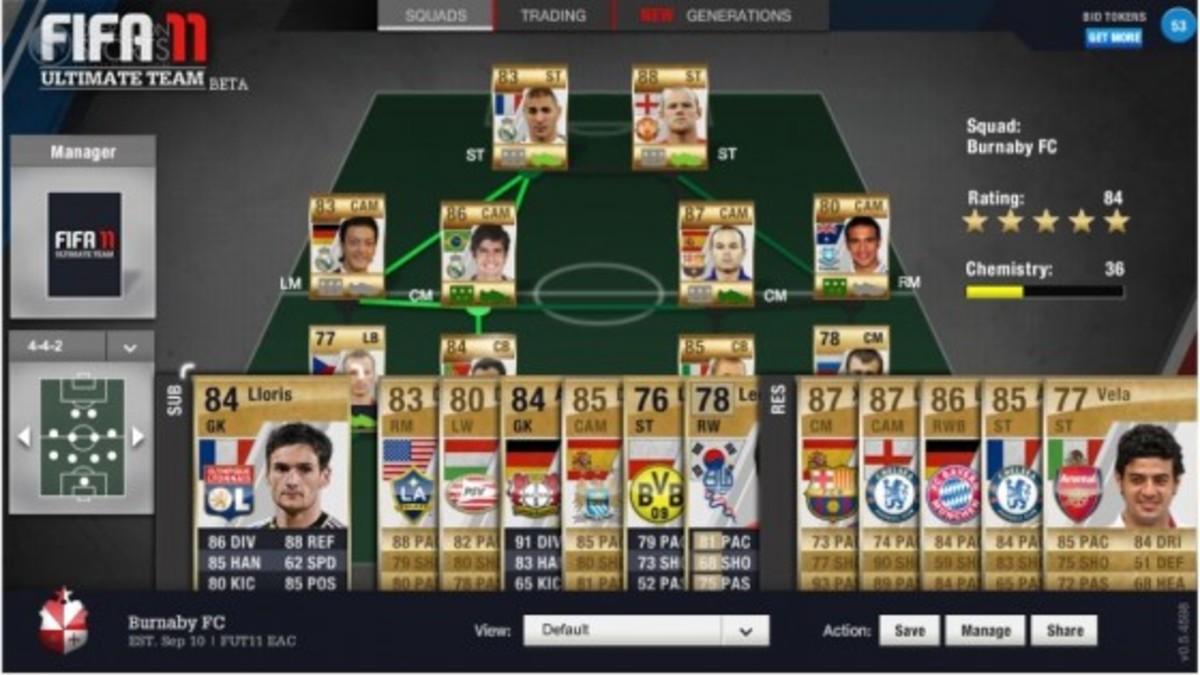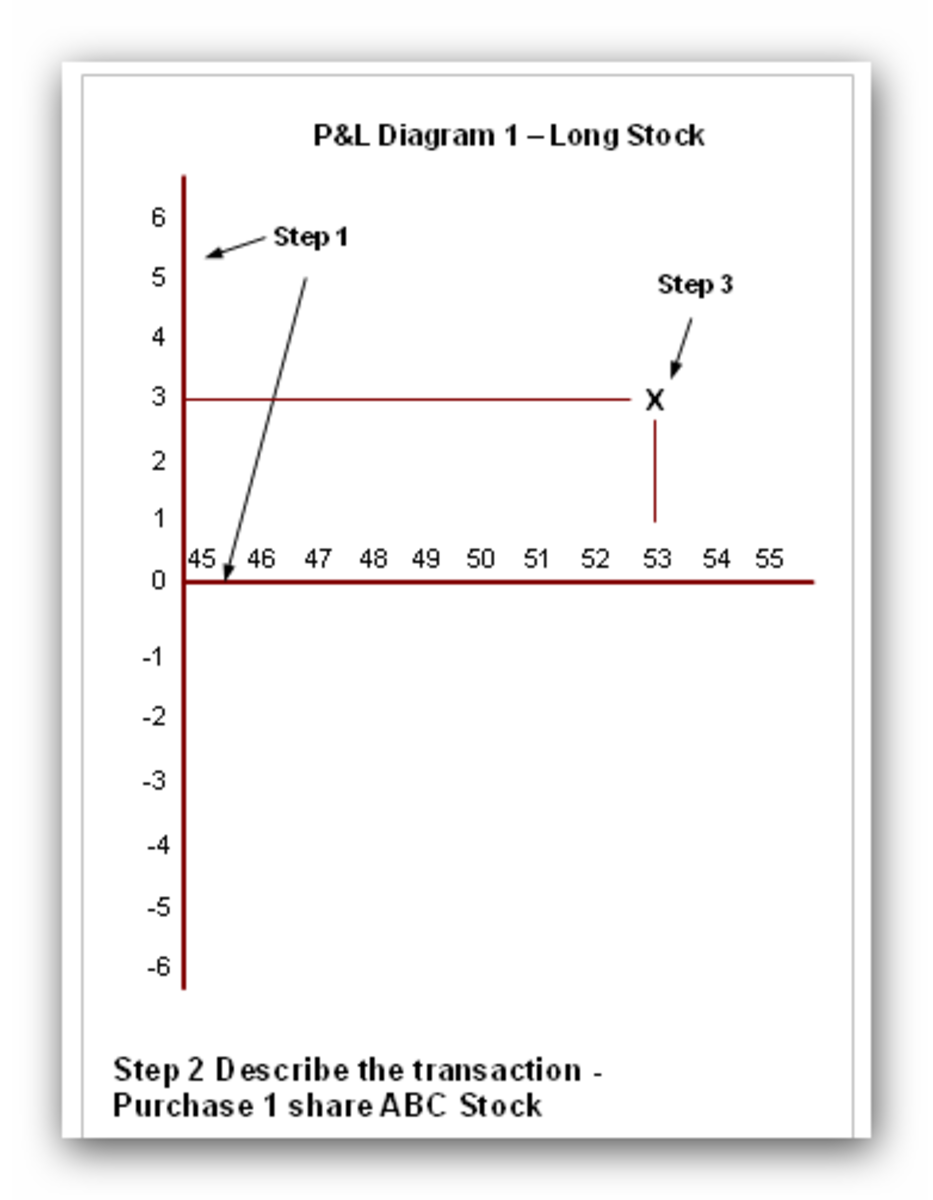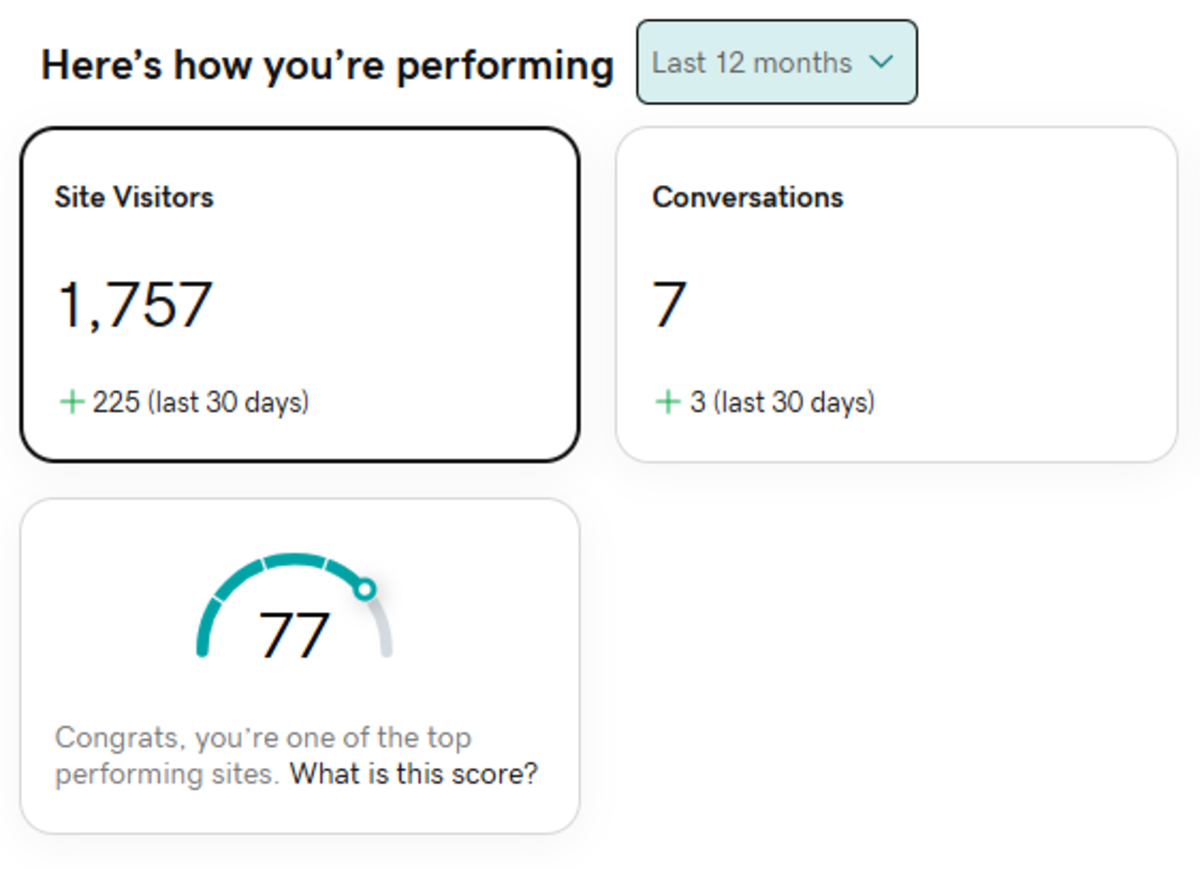Calculations Related to Business Math 101
Using Business Math
All businesses use the basic calculations to run and operate their business, whether it is a small store or huge retail chain. Markup, profit, discounts are daily.
Overhead: This is the general cost of doing business and includes salaries, equipment, expenses and rent.
Profit: This is the income minus the Overhead.
If you want 15% profit, then: overhead x .15 = profit. Profit equals incoming receipts minus the overhead, so: overhead + profit = income.
Net Profit: The difference between the selling price and overall cost of the item. The overall cost include processing, handling.
Selling price - overall cost = profit. Overall cost x your desire percent of profit = amount of net profit.
Gross Profit: The difference between the selling price and the store purchase price (also called "markup").
Profit Margin: The difference between the cost of doing business (purchase price, overhead and handling) and the selling price.
Markup: Usually expressed as a percentage. Markup is divided by the store purchase price and then multiplied by 100.
Ex: An item selling for $45 and cost the store $30 has a markup of $15 in gross profit. The markup rate is $15.00 divided by $30.00 x 100 = 50%.
Discount: A reduced selling price. So, selling price x discount rate = discount amount. The discount amount is then subtracted from the selling price = actual cost to you.








